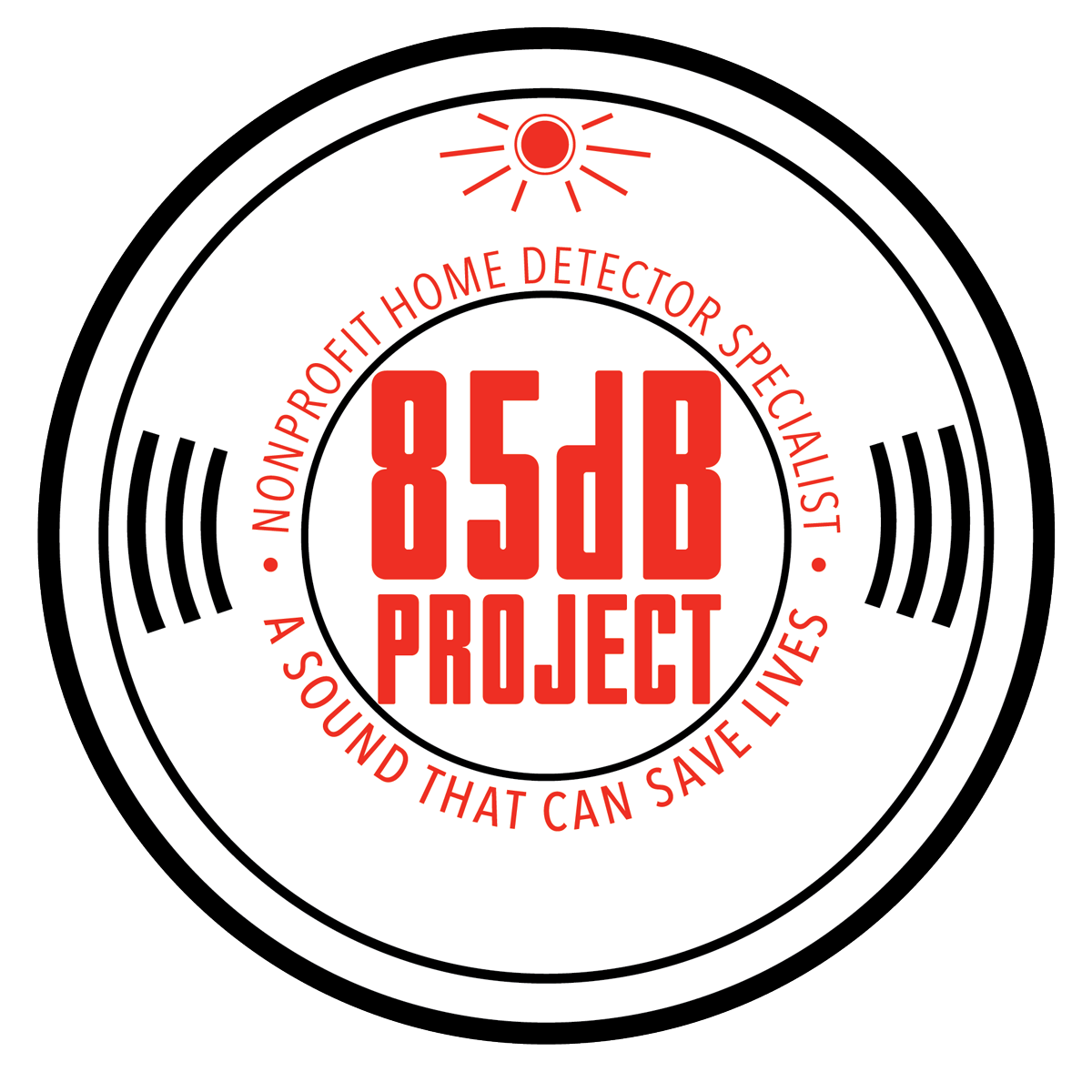As winter arrives, families across the globe embrace the warmth of cozy fires, space heaters, and increased use of heating systems. While these practices bring comfort, they also pose potential risks to home safety. The extra use of heat during this season significantly affects the performance and reliability of smoke and carbon monoxide detectors, crucial guardians of household safety.
The Winter Heat Challenge
As temperatures drop, households rely more on heating appliances and systems to maintain warmth. Space heaters, fireplaces, and central heating systems are used extensively, often running for prolonged periods. While these heating solutions offer comfort, they can inadvertently trigger false alarms or impair the functionality of detectors.
Impact on Detector Performance
- Dust and Debris Accumulation: Extended use of heating devices can cause an accumulation of dust and debris, potentially obstructing sensors in detectors. This buildup may lead to false alarms or hinder the detectors’ ability to detect smoke or carbon monoxide.
- Battery Strain: Cold weather can drain batteries quicker than usual. Detectors powered by batteries may experience decreased performance or failure if not monitored and maintained regularly.
- Sensitivity Alteration: Heat sources near detectors can affect their sensitivity settings, leading to inaccurate readings or delayed response times during emergencies.
Ensuring Optimal Detector Performance
- Regular Maintenance: Conduct regular maintenance checks on detectors, ensuring they are free from dust, debris, and obstructions. Clean detectors as per manufacturer instructions to maintain their effectiveness.
- Battery Checks: Test and replace detector batteries, if necessary, especially during the winter months when batteries are under greater strain due to colder temperatures.
- Proper Placement: Install detectors away from heating sources to prevent interference with their sensors. Follow manufacturer guidelines for optimal placement within the home.
- Testing and Alarming: Perform routine tests to ensure detectors are in working condition. Familiarize household members with the alarm sounds and response protocols in case of emergencies.
Educating Homeowners
It’s imperative to educate homeowners about the impact of increased heat usage on detector performance. Encourage them to adopt proactive measures, including regular checks and maintenance, to safeguard against potential risks associated with compromised detectors during winter.
Conclusion
As we revel in the warmth of winter, it’s crucial not to overlook the impact of increased heat on home safety, particularly the performance of smoke and carbon monoxide detectors. By taking proactive steps to maintain and monitor these essential devices, households can ensure their reliability in safeguarding against fire and carbon monoxide hazards during the colder months. Stay warm, stay safe!


